I know that many (most?) of you are interested in sustainability and trying to live in a more eco-friendly way so today I thought I would share this report on the future of the sustainable home and office which has been put together by Springwise and Aritco (a London-based global innovation intelligence platform for positive and sustainable change and a Swedish lift company respectively). I also think that if you don’t read it here I’m not sure where you will read it and I think it includes some interesting ideas and news all brought together in one place so while it’s long I’m going to suggest you read it in parts (if your day is busy or your commute is short) or bookmark it for when you might have time.
Basically it’s a 22 page document that explores the future of the sustainable home and office through the lens of net zero and circularity and looks at sustainable solutions to tackle the world’s biggest environmental concerns. Hannah Hudson, the content director of Springwise says (and this is key): “While it can be hard not to despair at catastrophic climate change predictions, we [at Springwatch] have reasons to stay cautiously optimistic because, every day, we’re seeing positive innovations created in response to the world’s most pressing environmental and societal issues. And some of the most promising sustainability solutions are targeted at the home and office.”
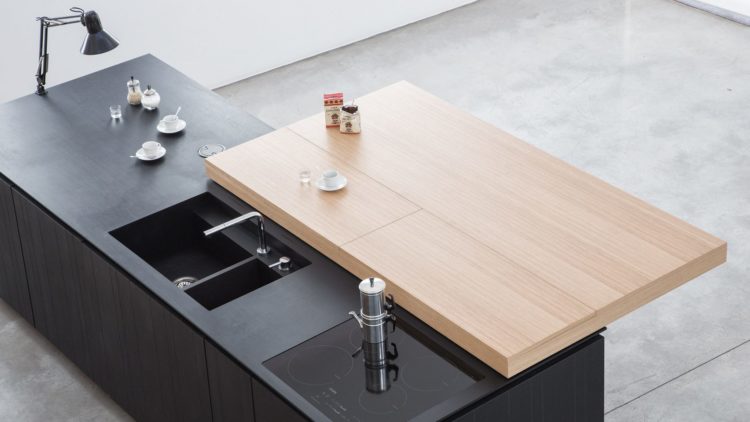
Now we all know that governments have set targets of net zero (in the UK it’s by 2050) and we know that we are going to have to make big changes to reach that so what is happening? To recap: net zero refers to the balance between the amount of greenhouse gas produced and subsequently removed from the atmosphere. Most scientists agree that to prevent the worst climate damage, global net human-caused emissions of CO2 need to fall by about 45 percent from 2010 levels by 2030 – reaching net zero around 2050. In the meantime, if global emissions remain higher than zero, the planet will keep heating – and climate damage will continue to escalate. So, here’s the problem; we still want to drink hot coffee, heat our homes and offices, get from A to B and use our computers, phones, and other technology. Our modern existence requires us to consume energy one way or another. That’s why the challenge is not only to find ways to do it all more efficiently but to do it in spaces that are equally as efficient.
Clearly our homes, offices, neighbourhoods, and cities will all need to be adapted, reconfigured and, in some cases, completely reinvented if we’re to stand a chance of meeting these climate change goals.
While construction is notoriously bad for the environment (the sector is responsible for 23 percent of air pollution, 50 percent of climatic change, 40 percent of drinking water pollution, and 50 percent of landfill waste globally), what’s often forgotten is the impact of people and consumer energy on buildings. Specifically, the way certain behaviours can create a massive waste of energy in homes and office buildings.
In 2020, the average household electricity consumption for a residential house in the US was 29.8 kilowatts per day. What’s needed are so-called smart-powered spaces such as chargeable wooden flooring to paint that cools buildings (both of which now exist). Tech is now enabling the next generation of energy efficient homes and offices.
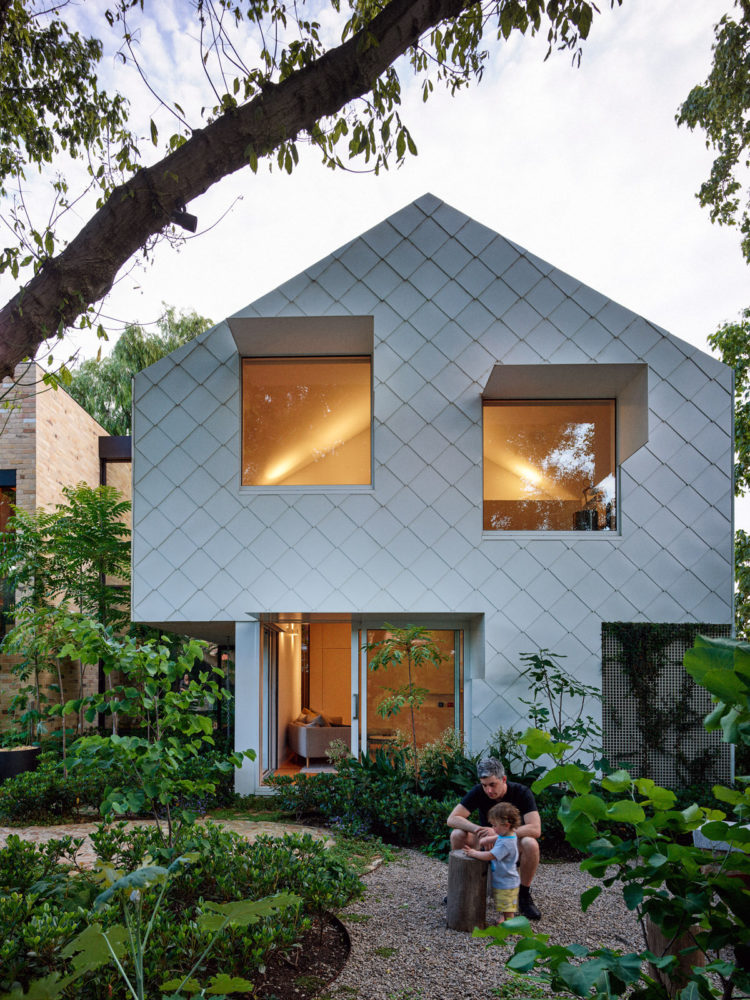
Long commutes and time spent in traffic jams could soon be a thing of the past as the concept of the micro-city takes hold, says the report and, it has be said the pandemic may have helped out in this regard. From shops and schools, to where we work – everything we need is coming closer, within an ever-decreasing radius by foot or bike. The theory behind the 15-minute city is that most people’s needs would be within a quarter-hour of where they live. This would reimagine the city as a place where people walk, cycle, and live – rather than drive to and through.
Paris is the first major city to trial the concept, creating what it calls ‘a city of proximities’. Barcelona, Detroit, London, Melbourne, and Milan are all working towards similar visions, while the Swedes are going one step further by considering the one minute or micro-city. “By transforming cities at hyperlocal level, street by street, the idea is that residents can develop a meaningful relationship with their immediate neighbourhood,” says Dan Hill, an urban planner at innovation agency Vinnova. They would become co-architects of the change by talking to each other, their neighbours, or other street users, about what the city means for them and about their role in it.”
But cities, micro or otherwise are made from materials and the construction of a home or office can account for an estimated 25 percent of the total lifetime emissions of that building. Concrete is one major example. It’s estimated that Portland cement (a key ingredient in concrete) contributes as much as seven percent of global human-caused CO2 emissions each year. But work is on-going into low-carbon materials such as timber, hemp and straw.

Wood-based materials may even offer the potential for negative emissions. Cross laminated timber (CLT) for example can ‘lock up’ carbon in buildings that was removed from the atmosphere by trees. Architects in Norway have built the world’s tallest timber building, which boasts a radically reduced carbon footprint. The 18-storey Mjøstårnet (Mjøsa Tower) is in a town two hours north of Oslo, and was opened in March 2019, after two years of construction. The tower is constructed primarily of glulam, which is composed of small sheets of spruce bonded together with structural adhesives to form columns and beams. Glulam stands up to extreme weather and earthquakes, and tests show that it is as resistant to fire as concrete.
Some of you may also remember I mentioned the Home programme on Apple TV the other day where one episode is devoted to an architect in Bali who builds homes out of bamboo, a strong, sustainable and fast growing material.
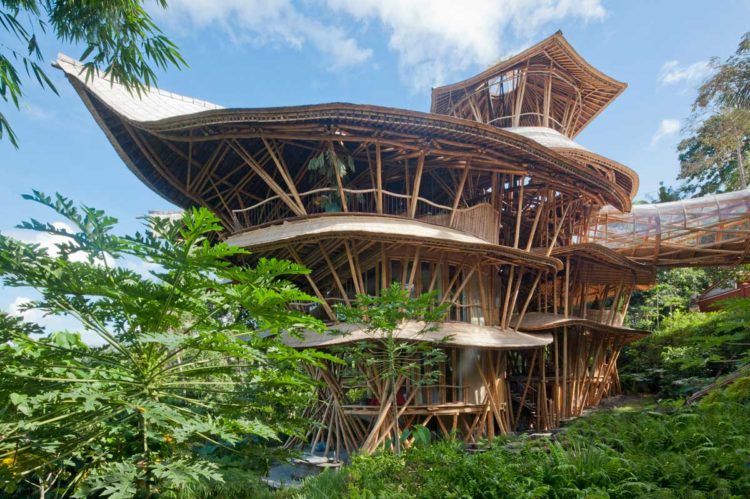
And let’s not forget that studies have shown natural materials, such as wood, have been proven to reduce stress and lower your heart rate.
Elsewhere, a team led by UCLA has developed a white paint that can reflect as much as 98 percent of incoming heat from the sun. If widely applied to rooftops and buildings, the new paint could significantly reduce cooling costs. The researchers also suggest that large-scale use of reflective paints could even have a positive effect on climate change. And scientists from ETH Zurich are developing a wooden flooring system that generates energy to power electronics – the system has already been demonstrated by powering a lamp with footsteps.
In Amsterdam around 68 percent of people commute to work or school by bicycle – that’s around 1.25 million miles of cycling a day. All these cyclists generate an estimated 19.5 million watt-hours of energy per day. This would be enough energy to power thousands of homes – if it could be captured. Now, two Dutch designers think they may have found a way.
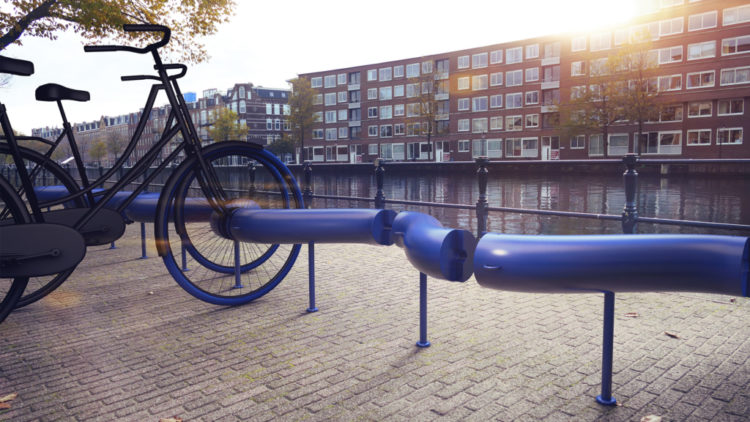
Guillaume Roukhomovsky and Blaž Verhnjak have created S-Park, a bike rack system that can use kinetic energy from cycling to charge batteries. The system was proposed as part of Amsterdam’s Clean Energy Challenge. As the rider bikes around the city, their front wheel produces kinetic energy, which is stored in batteries on the bicycle. When done riding, cyclists park the bike in a communal bike rack that’s connected to the electricity grid. The energy that the batteries stored during the ride is then discharged into the electrical grid. The system includes a front wheel that can be fitted into any bike frame. The designers estimate that each bike rack could generate about one kilowatt hour of energy per day.
While the last decade has seen some progress in eco-initiatives for the workplace and home, it has become clear that recycling schemes and energy saving lighting don’t go far enough. After all, it’s no good using recycled materials if you use them in a way that means they can’t be recycled again. Neither is it helpful to build a low-energy house using materials that already have a high carbon footprint.
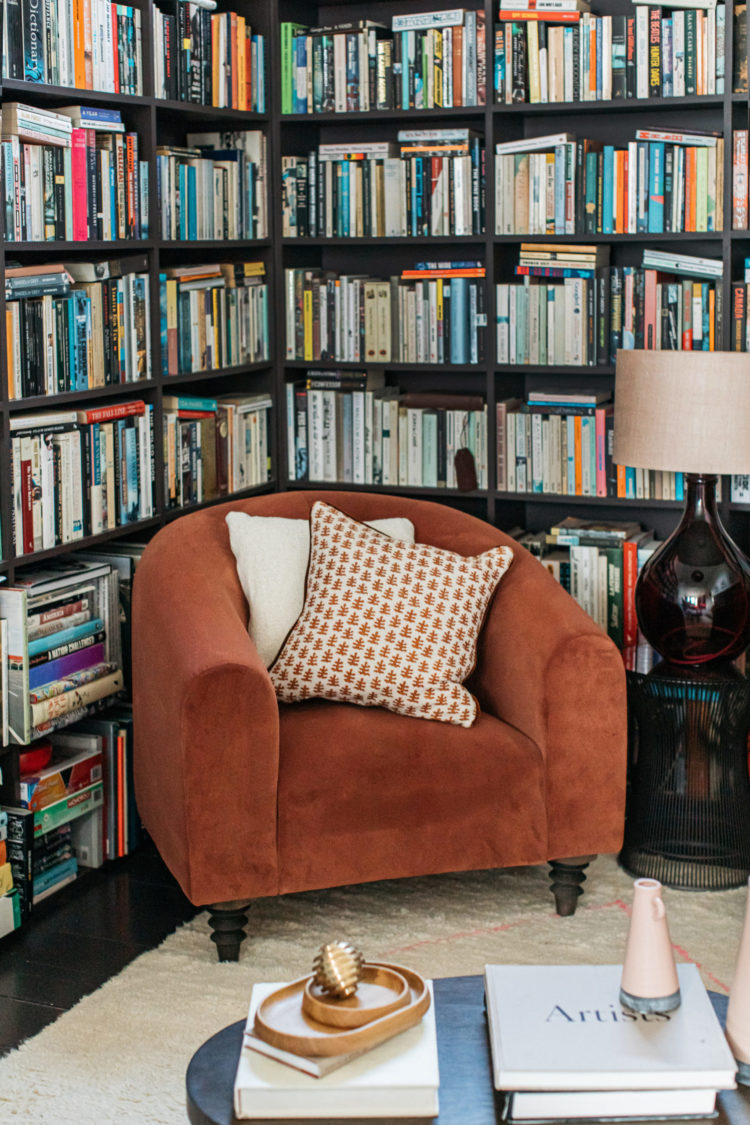
Furniture waste, in particular, is a growing problem. Often overlooked because it’s generated less frequently than other types of waste, its waste disposal is highly problematic. Items can’t easily be thrown out or recycled like other types of waste,
it often gets dumped illegally, with up to 80 percent of old furniture ending up in a landfill. In 1960, the US sent 2 million tonnes of furniture to landfill. Today, Americans throw away 12 million tonnes of furniture each year, an increase that far outpaces the country’s population growth. These figures haven’t been helped by the pandemic, which triggered a surge in demand for new home office equipment as large swathes of people began working from home during lockdowns. These lockdowns have also been responsible for further furniture and other home purchases, as people found themselves spending more time within their own four walls.
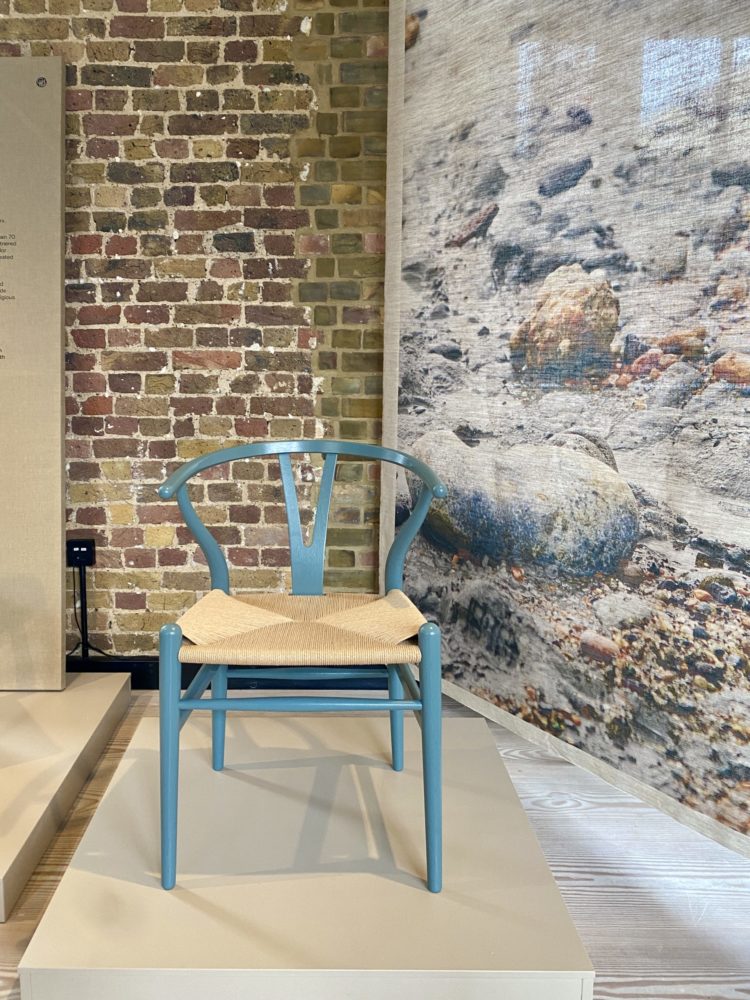
The circular economy provides an elegant solution to this waste problem, and innovators are already putting these principles into action. One striking example is the headquarters for the Carlsberg Group in Copenhagen, Denmark. Designed by CF Møller Architects to be both sustainable and durable, the building is clad with 100 percent recycled copper slats which give it superior thermal properties and can last hundreds of years. Furthermore, the large glass walls that clad the building give staff maximum access to daylight, reducing the need for electric lighting.
Herman Miller has a programme to divert tonnes of products from landfill. It works with customers to plan for disposal (resale, recycling, donation, relocation) – and has diverted more than 27,000 tonnes of product from landfill and generated $18 million in charitable donations since 2009.
In the home and office of the future, our appliances, furniture, and systems will all need to conform to circular principles, increasingly serving more than one purpose. While appliances have slowly been delivering higher efficiency standards, the future will see the need for efficiency applied at more than just the user phase.
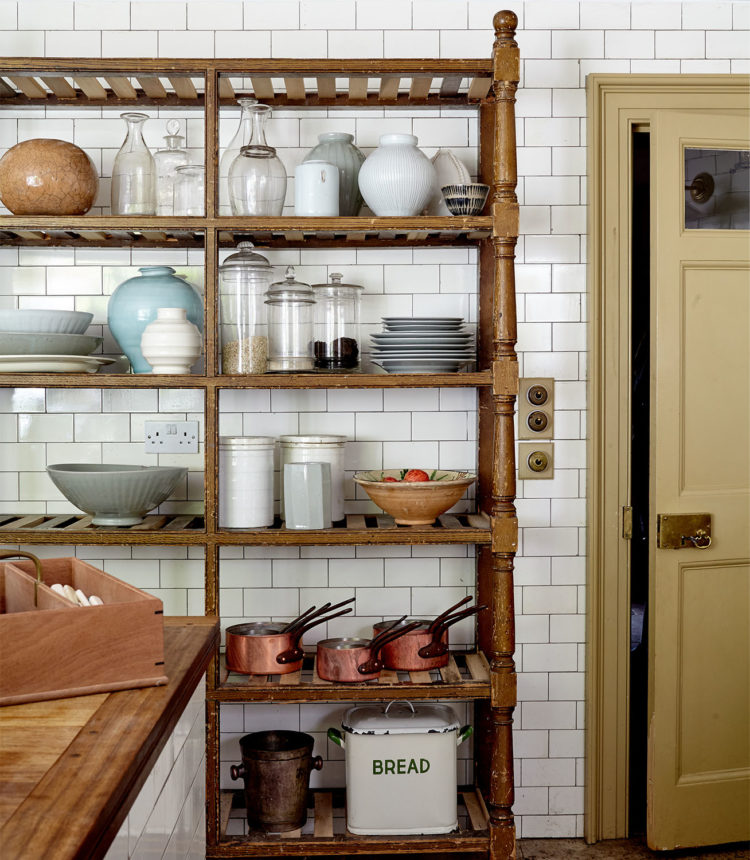
Then there are the small products – lamps made from orange peel, furniture restoration, concrete made from weeds and seaweed-based plastic packaging. Plastic has become a modern scourge, so it’s no surprise that innovators are working on new ways to keep the material out of landfills and water. Some recent ideas include deodorant made from recovered ocean plastic and a fashion house that designs exclusively with recovered landfill plastic. At around 140,000 plastic bags per 500 square-foot deck, Trex has found a way to turn unwanted and unsustainable materials into a useful product.
That said, a common misconception is that bioplastics are more eco-friendly than traditional plastics. They’re not – not only do they result in greater amounts of pollutants than traditional plastics, but the space required to grow the corn crops involved in their manufacture reduces the space available for food production. Therefore, developing truly eco-friendly alternatives to plastic packaging is much needed.
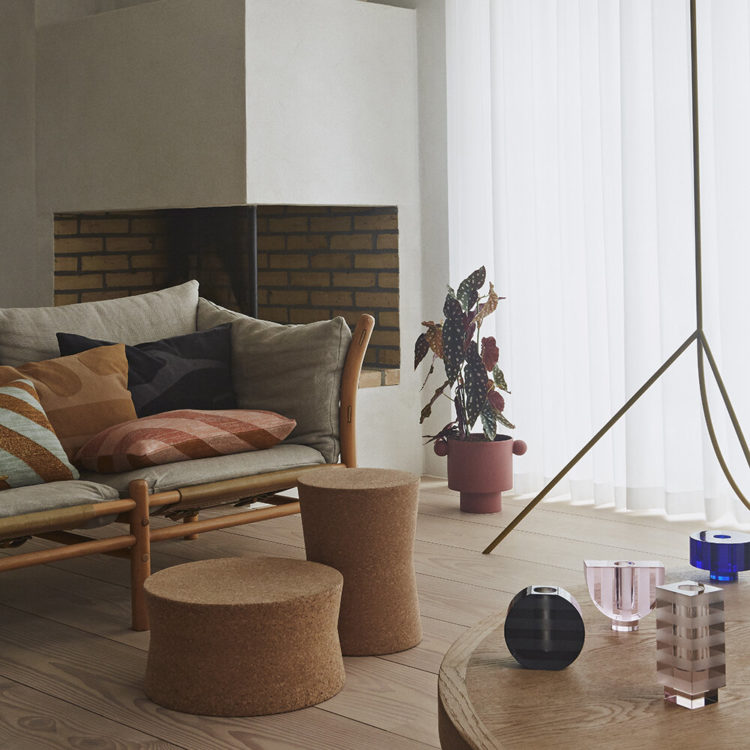
And talking of materials I thought it might be worth linking to this piece in Living Etc – a guide to sustainable materials.
It’s a long report, but, as I said, there’s more coffee in the pot, and sometimes, when a bit of planetary despair takes over during the long dark days of January, it can be reassuring to know that people are working on ideas that may, hopefully receive the investment and support they need to become mainstream and normal in a few years’ time.





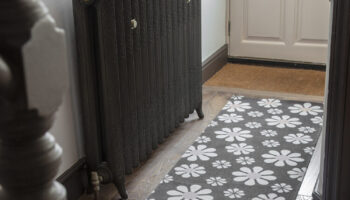
That is a very great article. I got great knowledge about the construction purpose in this article Springwise and Aritco’s report explores the future of sustainable home and office through the lens of net-zero and circularity. The report looks at sustainable solutions to tackle the world’s biggest environmental concerns. It’s long, so I suggest you read it in parts or bookmark it for when you might have time. Thanks, kate for sharing this.
This has been great, like other have said the whole idea of everyone doing a little making a difference – sometimes feels so small and insignificant. Its good to see hope!
The amount of Kilo Watts used by Americans is remarkably high.
If you live in Italy no matter Milan, Rome or up a farm track in Tuscany, you are only entitled to 3KW per household. So if you want to iron you can’t use the washing machine for example.
If you have a pool more KW are needed and you register the amount (usually 11KW) and pay a higher price for electricity as a consequence.
Italy has no nuclear power and must buy in from other European countries. One gets used to 3KW because it’s the norm.
I hope this is food for thought?
That’s very interesting I didn’t know that Italy rationed usage like that.
Well done Kate. This is brilliant, thank you for sharing
Thanks so much for sharing that Kate. It’s given me hope for the future. Easy to feel a bit despondent about climate in these dark January days. I’ve read and will re-read again l8r. Let’s hope everyone is on board!!
A really interesting and important article, thank you Kate
Wow, this is so exciting! Thank you for sharing, this really does give me hope.
A lot of food for thought – thank you
Micro cities are a great idea – also known as villages! We need more of them – more communities and less commuting.
Read this at 07 this morning-thankyou Kate , it’s easy to despair but I felt hope again and the need to be better informed for the future-